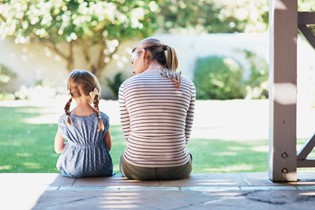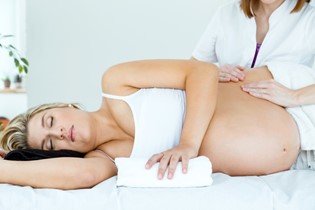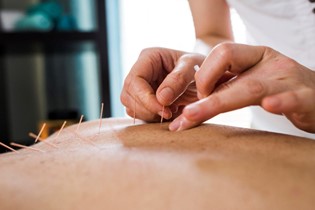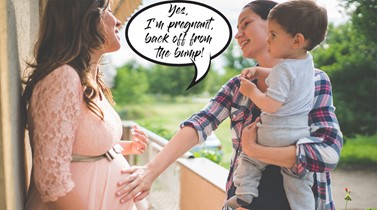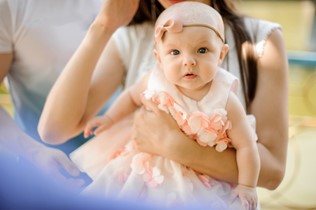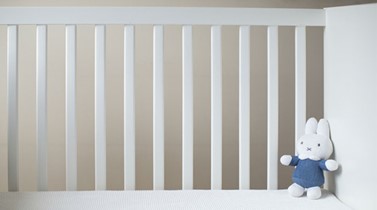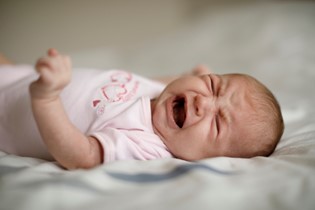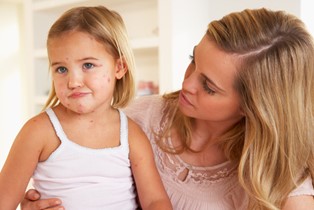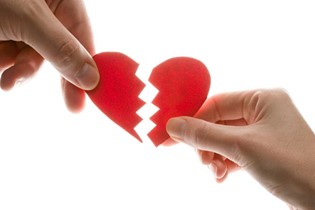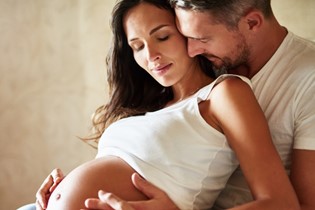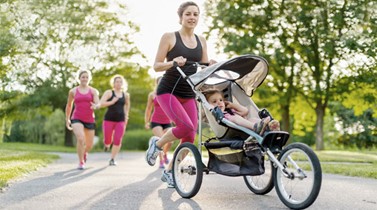Egg Donation - The gift of hope
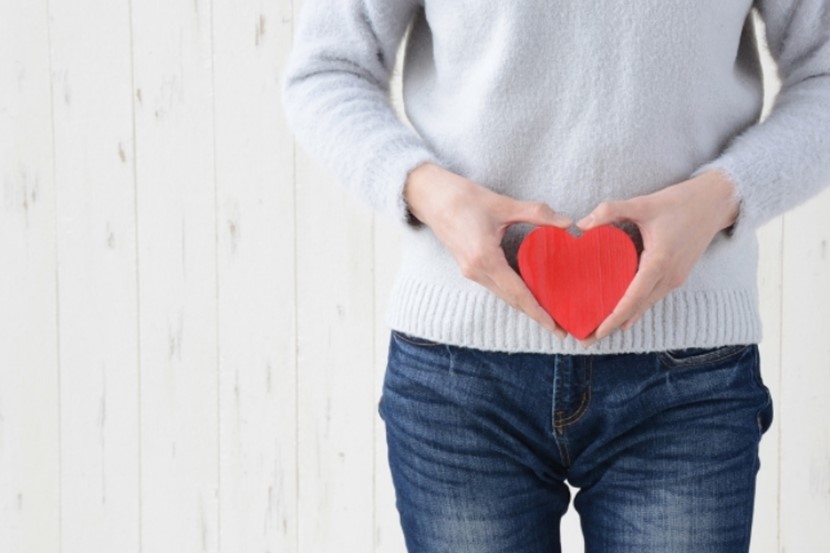
Have you ever considered donating your eggs so that an infertile couple may also experience the joy of parenthood? Each year, a small number of New Zealand couples rely on donor eggs to conceive a child. Dr Richard Fisher explains who the donors typically are, and what the process involves.
One of the many challenges to modern relationships is the increasing incidence of subfertility and the consequential strains that this can place on a marriage or partnership. When the reason that the failure to conceive is that the gametes (eggs or sperm) are present in insufficient numbers or insufficient quality, this complicates those difficulties further. The most common resolution to this type of problem is to use the gametes of someone else.
Last year, around 80 couples had treatment using donor eggs at Fertility Associates. In Australia and New Zealand, the numbers have increased from 450 in 2000 to 1,800 in 2006.
Although the social issues that come with using either sperm or eggs are similar, the physical processes involved are, of course, quite different. Women who donate eggs submit themselves to an IVF cycle and all its attendant treatment and risks, whereas it is somewhat less complex for men.
In 2008 at Fertility Associates, there were more couples involved in treatment with donor eggs than there were with donor sperm. The major reason for this is the increasing ability of reproductive medicine clinics to use the sperm of men in treatment even when they are present in only very small numbers. Whereas with women, as egg numbers diminish from whatever cause, there is often an associated change in the quality of the eggs as well as an underlying much-reduced chance of conception.
So, who uses donor eggs to enhance their chances of conception, and what are the issues surrounding this treatment?

When the use of donor eggs was first introduced, most women who were the recipients were young and had run out of eggs much earlier than they might have imagined. This was either from underlying genetic causes leading to premature ovarian failure and premature menopause, or from a surgical event in which the ovaries had been removed because of pre existing disease, or damaged by the presence of ovarian cysts and recurrent surgery. Premature ovarian failure occurs in around 2% of women where periods stop before the age of 40 as a consequence of simply running out of eggs.
Fertility declines dramatically, however, some ten years before menopause. Even women whose menopause might occur much nearer the usual time can expect their fertility to be quite limited, much earlier than they might wish or expect. As a consequence of this, an increasing number of women in their late 30s and early 40s find that they are unable to conceive naturally, and that the processes involved with IVF using their own eggs are unable to produce enough eggs of sufficient quality to enable conception to occur.

With the delay in starting a family in Western societies, this has meant that an increasing number of women who would otherwise have conceived without difficulty begin to face complex dilemmas. The development of a new test measuring anti-Müllerian hormones may help us predict in advance whether individual women will be in this group, although I suspect that for some time yet, the social structures of our community will continue to drive the time that women choose to conceive rather than their biology alone.
Whereas 2% of women will reach menopause before 40, a further 15% (approximately) will do so before 47, and this is the group of women caught with more rapidly diminishing fecundability (the chance of conception each month), and who consequently become much less fertile in their 30s than they would ever have expected.
Within this group are couples already involved in complex treatment where eggs are found to be abnormal, or that, for some unexplained reason, it is not possible to stimulate the production of sufficient eggs to make IVF a viable option.
Unfortunately, mature eggs are not simple to create or extract. A woman wishing to donate eggs needs to undergo a cycle of treatment using drug protocols identical to a woman undergoing IVF. The only difference is that, at the point of collection of the eggs, they will be fertilised by the recipient woman's partner's sperm, rather than that of the donor's partner.
As fecundability decreases with age in all women, the biologically ideal donor would be as young as possible. The fact that treatment is complex, however, and not completely without risk, either physical or emotional or both, has led to some broad guidelines around the suitability of individuals to be donors. Generally, it is preferred that women have completed their own family before being a donor, and that they are 25 years or more. We ask donors to discuss the issues surrounding donating their own genetic material with one of our counsellors in circumstances independent of the recipient's presence. Because the chances of conception not only depend on the age of the donor, but also her general health, donors should be non-smokers and have a body mass index within the usually accepted healthy range. Donors are also seen by a doctor, independent of the recipient's doctor, who makes a medical and genetic history assessment to ensure their own safety and to ensure availability of knowledge about any potential genetic risks for a subsequent child.
Who then are these donors? It says much for the innate altruism of women that we have more egg donors presenting than sperm donors.
At Fertility Associates, around 50% of women presenting as donors are friends or family, personally recruited by the recipient woman. The remainder are women who have volunteered in response to an advertisement in a magazine such as OHbaby!, or on websites with fertility-specific areas. Our advice to potential recipient women seeking egg donors is to be very careful in the way they approach others, as there is a potential that their not unreasonable answer to decline involvement may lead to a more distant relationship in the future from someone who was close enough and important enough to approach in the first place.
The nurses who coordinate our donor egg programme act as the intermediaries in recruitment by advertisement. They ensure that the recruitment process is initially at arm's length, so that both parties are well informed without the necessity for complex personal interactions, with potential disappointments, if the process does not proceed.
Our experience with women who are donors is that they are primarily driven by altruism. It is illegal in New Zealand to buy or sell eggs, and no "valuable consideration" can change hands as part of this gift. Donating to friends and family often just seems the right thing to do for many women, particularly those who have experienced the joy of parenthood themselves, and many women who are initially strangers to the recipient couple have a very similar feeling. Non-family donors may place restrictions on the people they would wish to donate to and many do. A good fit is important for future comfort. Donors usually gain a great deal of satisfaction from this process. Some say that next to having children themselves, it is the most worthwhile thing that they have done.
Some donors wish to meet the recipients prior to donation, and others do not. Likewise with the recipient couples. The coordination of such relationships by clinics is critical to the long-term success of such arrangements. The law in New Zealand is quite clear: the woman who carries and delivers the baby is the mother of the child; the man who is that woman's partner is the father. The donor has no legal responsibilities and clearly, as circumstances differ, may make different degrees of contact, from none to significant involvement, after the birth of the child. The law in New Zealand requires that the birth of a child conceived from the use of donor gametes should be registered on a specific register with Births, Deaths and Marriages, which allows that child to find out his or her biological parentage in time if he or she wishes. It is the very clear view of our clinic that children should know from early on the way in which they were conceived. Any sociological data available suggests that this is in the child's best interests, and early introduction to the concept leads to far fewer potential problems. Secrets are damaging to family relationships and openness offers the best chance of comfortable resolution.
Internationally, the law varies considerably. Some countries, such as Italy, ban the use of donor eggs. Many other countries in Europe, however, have essentially open access to the possibility, and in the United States, a thriving commercial market in donor eggs and sperm exists. In the United States, many young university undergraduates fund their way through university by donating eggs. The value of their eggs depends on their academic, social, and physical history. The fact that the women are young makes them desirable donors. Were it not for payment for eggs, they would be very unlikely to donate, and so the model for egg donation differs greatly in the US from New Zealand. At the time the Human Assisted Reproductive Technology (HART) Act was passed here, a decision was made by our Parliament to use only non-commercial donors. The effect is to both limit the available pool of potential donors, and to lower the chance of success, given the relatively older age of most New Zealand donors. This is the choice we made and we, as practitioners, live with it comfortably. It is hardly surprising, though, that a significant number of couples choose to have treatment internationally, and in the United States in particular.
I have never doubted, however, that couples seeking treatment in this way have the best interests of their children at heart, and they are probably better protectors of their childrens' interests than those who govern us. The balance between philosophical, political, and cultural concerns, and the enactment of practical legislation to ensure a particular outcome, seems beyond our joint endeavours. Those who choose to have children, by whatever means, usually care for them pretty well. Children conceived in the US are unlikely to be worse off than those conceived in New Zealand, given the commitment of their parents. The concerns which led to the enactment of this part of the HART Act are proving to be unfounded, given that most US clinics use identifiable donors.
Donating eggs is the most generous gift, and a most greatly appreciated one by many women who would otherwise be unable to experience the joys of parenthood.
| Richard Fisher (FCROG, FRANZCOG, CREI), together with Freddy Graham, established Fertility Associates in 1987 after previously starting up New Zealand's integrated infertility medicine group at National Women's. He is New Zealand's foremost medical spokesperson on matters of reproductive health, and has been an advocate for better access to care for couples with infertility throughout his career. He has four children and is married to Leigh, without whom he could never have practised medicine with the enthusiasm and commitment he has. www.fertilityassociates.co.nz will tell you more about Richard and the team at Fertility Associates. |

AS FEATURED IN ISSUE 7 OF OHbaby! MAGAZINE. CHECK OUT OTHER ARTICLES IN THIS ISSUE BELOW


